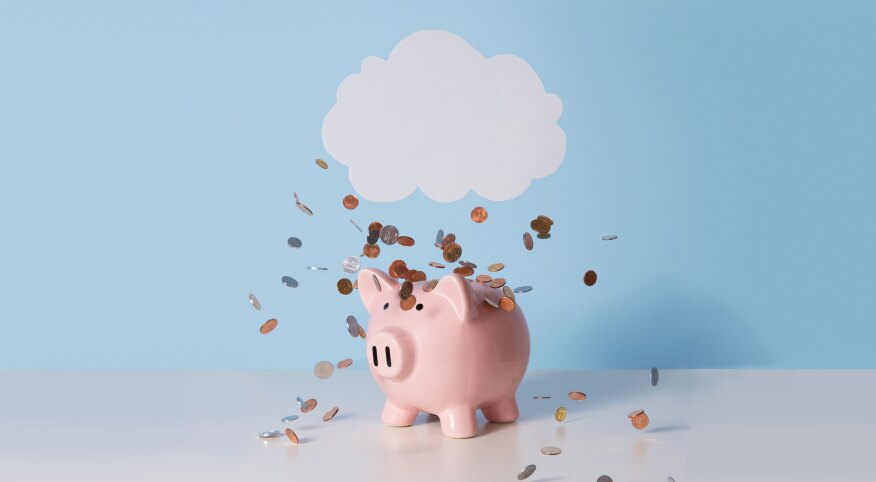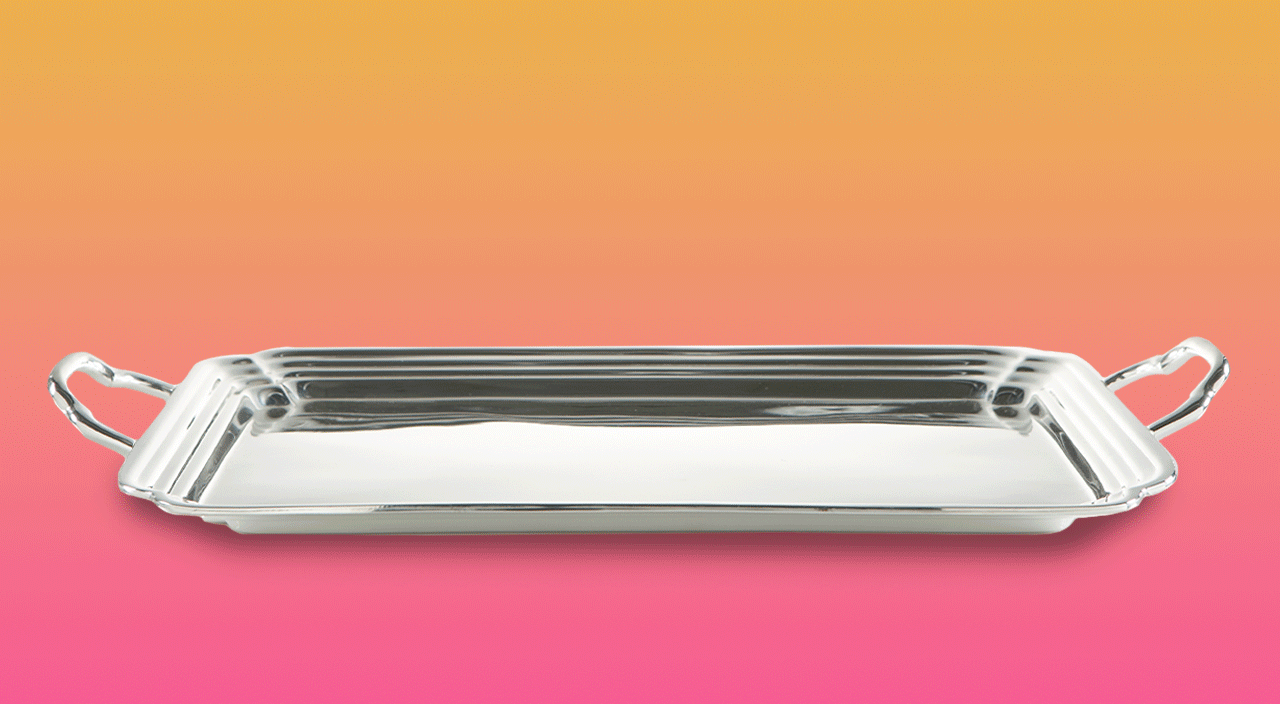I would call myself a spender by default, meaning I have always needed the right motivation to set aside money. There was a time when I lived paycheck to paycheck. If something unexpected happened, small expenses became high-stakes events. I would blame myself for overdraft fees and late-payment penalties. And since I treated these setbacks as proof that budgeting was pointless, the cycle would continue.
Fortunately, people can change. The turning point was when I came to grips with how often marriages fail due to money arguments. I wanted to take that off the table for my husband, Julien, and me. We have been on a path to financial independence for the past seven years now, documenting our progress on our award-winning blog rich & REGULAR.This journey has taken me from “non-saver” to “reluctant saver” to now being referred to as a “super saver.” In fact, my husband and I have managed to save at least 30 to 40 percent of our yearly household income ever since. Some years, we saved 70 percent. I learned to put my dollars to work when I adopted the mindset that each one saved has a specific job to do. A 2019 report from AARP’s Public Policy Institute notes, “There is strong evidence of the power of mental accounting; the very act of designating money for multiple ‘envelopes’ to go toward specific goals — such as education or an emergency — results in higher savings rates.”
Everybody needs a rainy day fund
When Deanna Henriksen discovered an unpleasant odor, her husband Carl went up to the attic to check it out. “It was nasty,” Carl remembers. As he cut open their air ducts, his fears were confirmed: The ducts were full of mold. With three children at home, the couple understood the risks and quickly began collecting bids to replace all of the ductwork in the house and add return air vents to each bedroom. “That was a nice $9,000 gone in a hurry,” Carl says.
Luckily, this isn’t their first home and the Henriksens have learned from their experience. They plan for the unexpected costs associated with homeownership. They’ve built their savings over time so that they have wiggle room to cover expenses like home repairs and property taxes without a problem.
A rainy day fund enables you to address unforeseen expenses without getting off track financially. If you have a childcare emergency or need a new car battery, you can use these funds instead of using a credit card or delaying a bill and incurring a late fee. Economists recommend having as much as $2,500 in your rainy day fund, but according to Catherine S. Harvey, senior policy adviser at the AARP Public Policy Institute, just having some savings on hand, as little as $250 to $749, can prevent a setback from becoming a disaster. It should be accessible, but separate from other checking or savings accounts to prevent accidental spending.
But you also need an emergency fund — and there’s a big difference
An emergency fund is for life’s big curveballs, like a job loss or perhaps a medical emergency that leaves you unable to work. The amount you’ll need to save will vary based on your cost of living, but a good rule of thumb is to have enough cash to cover three to six months of your fixed living expenses. So you can access these funds in a hurry, they need to be liquid assets. Liquid savings may include balances in checking and savings accounts, cash, prepaid cards, stocks and mutual funds, explains Harvey.
Don’t delay — save what you can today
According to AARP’s analysis, compared with Americans who have emergency savings, those without an emergency savings account are:
- Six times as likely to have had trouble paying the rent or mortgage in the past year
- Six times as likely to say they worried about being able to afford food
- Three times as likely to forgo needed health care or medication due to the cost
If building an emergency fund feels intimidating, you’re not alone. But keep in mind that whatever amount you save will help soften a financial shock. “Savings can provide a safer cushion than unsecured debt and alternative high-cost financial services such as payday loans, which have been shown to keep borrowers indebted for months or years and often lead to default, delinquency and bankruptcy,” notes Harvey. Start with your rainy day fund and gain momentum from there. Here are some tips:
Pay yourself first. Set up automatic payroll deductions or bank transfers into a separate account, starting with a small amount such as $20 a week. Continue to adjust the amount upward as your income changes.
Don’t lend funds to the feds. If you are among the two-thirds of people who receive a tax refund, it means you overpaid. Your refund is the Internal Revenue Service giving you your change back. If you want to increase the dollar figure on your paychecks throughout the year, you can work with your employer to adjust your withholdings. Use the additional income to grow your rainy day fund.
Bank that rebate or refund. If you receive other windfall money like a bonus check or a rebate, use some or all of it to add strength to your safety net. Do the same with the money refunded when you return items to the store.
Sell something. Go through your closet and see if there are garments or accessories with tags still attached. Even if an item is gently used, ask yourself if someone could find more value in it than you do. If the answer is yes, attach a price and list it for sale online.
Learn more ways to build savings on a tight budget here.
Once you’ve met your rainy day fund goal,then redirect the same savings into an emergency account that you’ll use to cover larger expenditures. As you pay off credit debts, divert the payments you would have sent to a lender to your emergency fund.
Having money set aside for long-term and short-term needs helps cushion you against financial impacts and allows you to recover with calm confidence. None of us is exempt from the universal truth that life happens. Putting away what you can now ensures you’ll be more prepared when it does.














